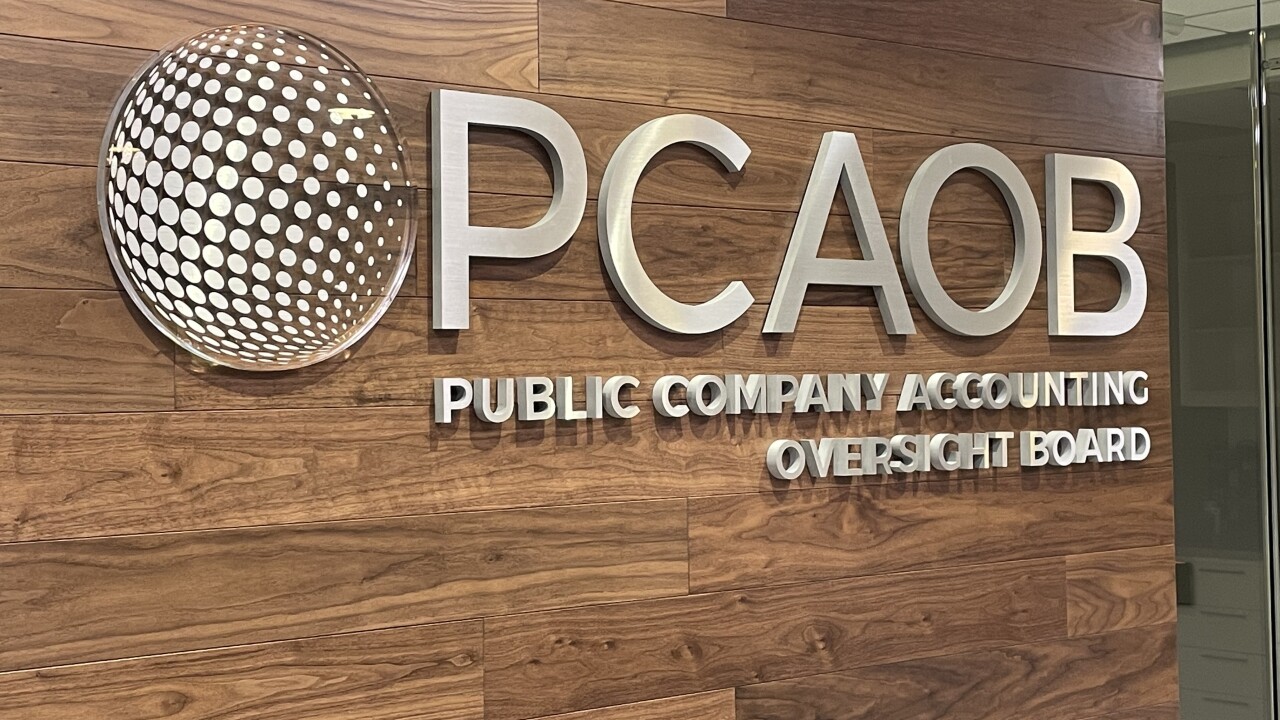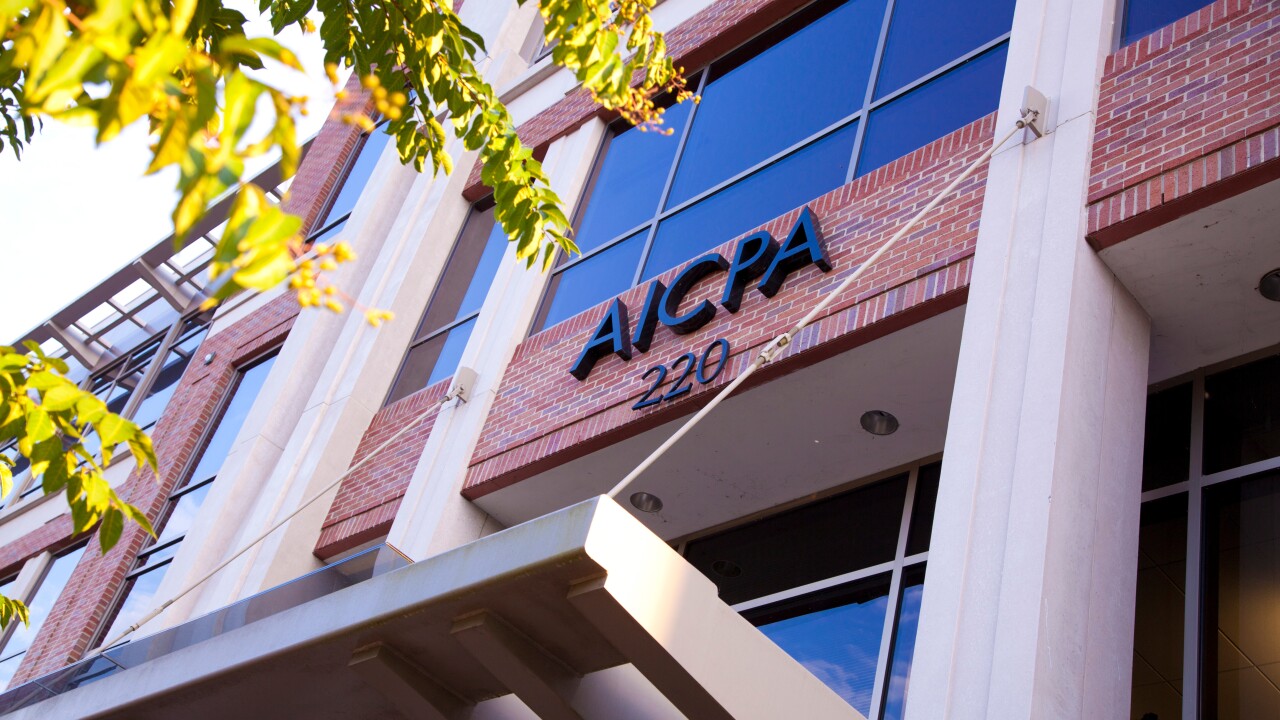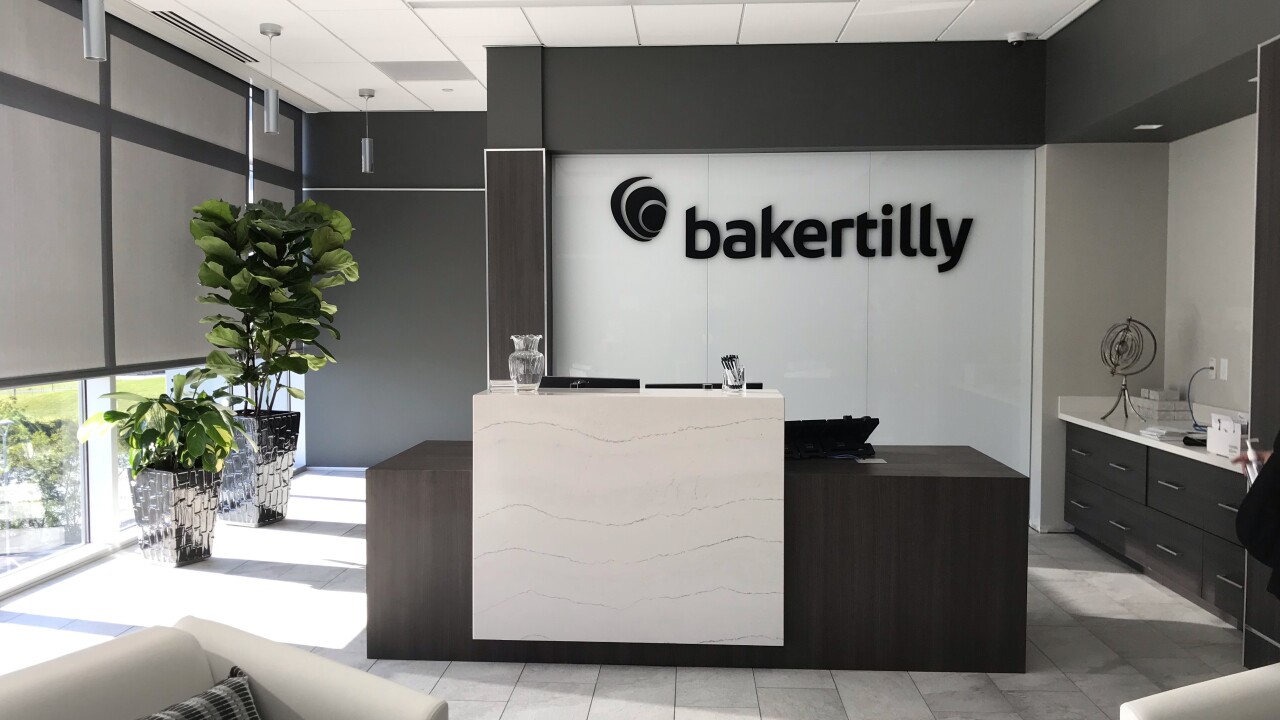Financial advisors and tax professionals could help college athletes save a lot of money on their name, image and likeness pay — but only with better guidance, a new study found.
Outlining more than a half dozen possible trust and estate-planning strategies for a women's basketball star named "Jane Doe," the academic paper by Doron Narotzki of the
"College athletes face significant challenges in navigating the complex tax landscape," Narotzki and Brauner wrote. "The shift from being a student-athlete to a taxable entity requires a steep learning curve in financial literacy and tax compliance. Many athletes may lack the necessary resources or guidance to manage these responsibilities effectively. The NCAA should recognize this dramatic change and consider altering its fiduciary duty, or that of the universities, toward student-athletes by providing them with legal and tax consultation. This support could include workshops on financial literacy, access to professional advisors, and tailored resources to help athletes understand and fulfill their tax obligations. By taking these steps, the NCAA and universities can better support student-athletes in managing their new financial realities and responsibilities."
READ MORE:
The need for education
Financial advisors frequently covet
NIL money poses a lot of the same challenges
Islam's practice works with many professional athletes.
"I don't even mess with players on their first contracts because there will be so many mistakes that will be made that it's not worth it. You get them on the second," he said. "It's just challenging when you're 21, 22 to be able to manage your money and to make it last."
The athletes often struggle to look past the question of the size of their NIL pay, to the detriment of other aspects including long-term tax and planning implications, and athletic programs can find "only so many hours of practice" or NCAA-regulated meeting times to devote to financial literacy, according to Pat Brown. A
"Having these conversations with them, I know it's falling on deaf ears, because, 'I just want to play ball, I just want to get paid.' At a certain point I'm not able to be in front of them enough to get them to realize how important it is," Brown said. "Now it's upon these kids to take time out of their schedule to either sit down with someone like me or sit down with any financial professional. Some of these guys are making quite a bit of money."
Under NCAA rules, the athletes must inform their colleges of their NIL deals and perform "legitimate services" in exchange for the money, and they're allowed to hire professional advisors, agents or marketing representatives, according to Narotzki and Brauner. Schools can and do offer the athletes resources and education, but the colleges are not permitted to seek or negotiate NIL deals for the athletes. Firms like
"The era of name, image and likeness agreements has catapulted collegiate sports into a new dimension, offering student-athletes opportunities to profit from their personal brands," former University of Miami Hurricanes basketball player Justin Heller,
READ MORE:
Case study and policy recommendations
That's why there is "a critical need for educational programs and resources to help student-athletes understand their tax obligations," and universities, boosters and financial advisors "should collaborate to provide comprehensive tax education and support" in a manner comparable to programs developed through the
"While the IRS has provided some general guidelines on self-employment and freelance income, specific guidance on NIL earnings remains limited," Narotzki and Brauner wrote. "This ambiguity can lead to confusion and unintentional non-compliance among student-athletes, who are already at a built-in disadvantage and are more vulnerable and susceptible to finding themselves in non-compliance with the law."
As part of their analysis of the key tax questions tied to NIL pay and their study of Jane Doe's situation, they delved into seven different self-employed business owner classification strategies for her compensation.
A sole proprietorship or a revocable trust came with the biggest tax liability at $75,056, followed by an S-corporation with an irrevocable trust that retained all her earnings ($68,393.50), an irrevocable trust that retained the income ($67,693.50), an S-corporation that distributed part of the earnings to another beneficiary ($57,940), an S-corporation with a revocable trust ($56,100) and, at the lowest end of the spectrum, an irrevocable trust with distributed income ($42,240). Besides the estimates of the federal, state or local and payroll taxes, each strategy brings added costs for hiring professionals to help file returns or create those entities, the requirement for careful recordkeeping of all earnings and expenses and a far-reaching search for any possible deductions or credits, Narotzki and Brauner wrote.
"Both sole proprietor and revocable trust calculations result in the same tax liability since the income is taxed to Jane," they wrote. For the irrevocable trust, distributing income to beneficiaries results in the lowest tax liability. The S-corporation provides significant tax savings compared to a sole proprietorship. The S-corporation with an irrevocable trust can offer additional tax savings if dividends are distributed to beneficiaries in a lower tax bracket but may result in higher taxes if income is retained in the trust. Using an S-corporation alone provides substantial tax savings compared to a sole proprietorship, whereas adding an irrevocable trust to the S-corporation structure can result in further tax savings if dividends are distributed to beneficiaries with lower tax rates."
READ MORE:
The outlook for NIL and taxes
Only a "few and far between" colleges have developed resources to explain the potential of such sophisticated planning strategies for athletes, according to Brown.
"I just would hope that more kids are looking for this exposure, especially the kids who realize that they can make some life-changing money. Not everyone is going to go to the league," Brown said. "As young as they are, it's going to compound, and time is on their side. … If they don't understand taxes or how to mitigate tax as much as possible, then that can definitely be harmful as well."
In order to guide the student-athletes through the implications of their legalized earnings, the IRS should ramp up its guidance on the regulations for NIL earnings, the universities ought to give them tax education as part of their athletic program and the NCAA must create a standard level of tools for planning and compliance, Narotzki and Brauner wrote.
"Understanding the tax implications of NIL earnings is crucial for college athletes like Jane to maximize their financial opportunities and comply with tax laws," they wrote. "This case study highlights the complexity of tax responsibilities and the need for better education and resources. By addressing these challenges, we can ensure that athletes are well-prepared to manage their NIL income effectively."





